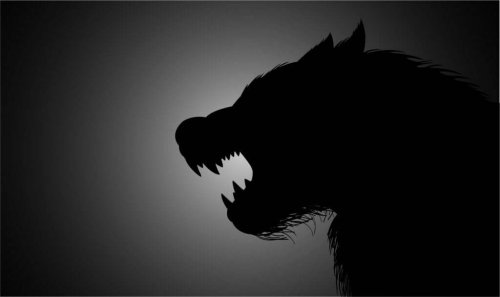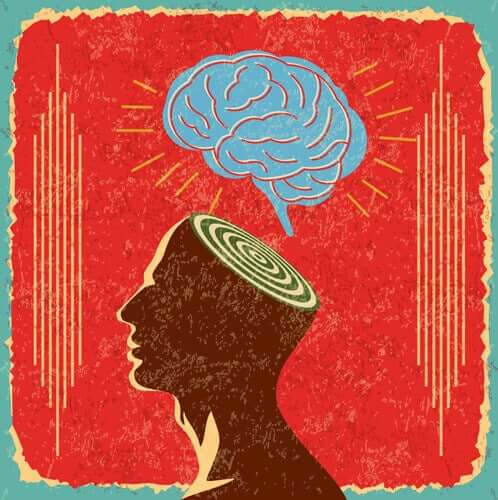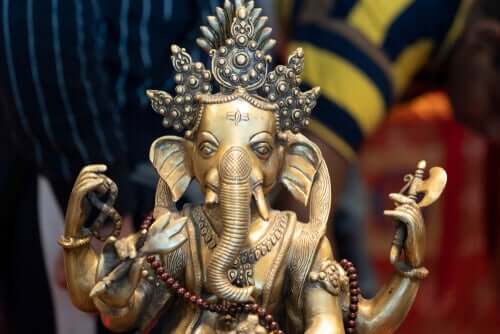Do You Know What Zoanthropy Mental Disorder Is?

Zoanthropy is a mental disorder in which a person believes they are an animal. These people truly believe they have morphed into another species and began to act like such.
There are several types of zoanthropy, depending on the animal species a person, in their delusion, chooses to be. In the currently available scientific literature, there are up to 56 clinical cases of zoanthropy recorded. However, there were, for sure, many more cases throughout history that didn’t make it to the records.
Lycanthropy
Lycanthropy is the “magical” ability to become a wolfman (a lycanthrope). That is a werewolf, the half wolf-half man, the legendary creature who’s inspired so many tales. According to local folklore, a man morphs into a werewolf during full moon nights due to a curse.
It seems to be a great work of fiction. Yet, throughout history, there are many records of clinical cases. Records of people who truly believed they could transform into this mythical creature.
These people didn’t just believe it, but they also behaved as such. For example, they howled, walked on all fours, displayed aggressiveness and even consumed raw meat.
Zoanthropy mental disorder

Even though lycanthropy is the most popular, there are many other subcategories of the zoanthropy mental disorder.
- Hypanthropy is the mental disorder in which people believe to be a horse and act as such.
- Boanthropy. In this one, the people afflicted by this mental disorder believe they are a cow. In fact, the first criticism in regard to smallpox vaccines was about them leading to boanthropy.
Edward Jenner was the medical researcher who performed the first inoculation of the smallpox vaccine in 1797. Jenner created his vaccine from the cowpox virus, which is similar to human smallpox. His vaccines were successful and saved many lives.
However, there were people who were convinced that those inoculated would develop bovine appetites after vaccination. They thought they would either die and/or begin to move on all fours while hitting the ground with their head as if they had horns.
Zoantropy mental disorder in history

After the discovery of microorganisms and other medical advances, researchers realized that zoanthropy is a mere mental disorder and not a demonic possession. Thankfully, scientific progress gradually separated popular myths and the cases of zoanthropy decreased.
What leads to a zoanthropy mental disorder?

This question is difficult to answer because there’s very little information about what causes this condition. In addition, the little research we have isn’t entirely accurate either. However, everything seems to indicate that the symptoms of zoanthropy have to do with other mental conditions such as schizophrenia.
Two of the best-studied cases of lycanthropy showed alterations in certain regions of the brain. These areas are the ones that process proprioception and sensory perception through diagnostic imaging techniques. (Proprioception is the ability to recognize where our muscles are located and the posture we maintain. These are often altered in those with this condition.)
Another condition that could be zoanthropy is Delusional Disorder or Paranoid Psychosis. There are other schools of thought that associate lycanthropy with a way of evading deeper psycho-psychological problems.
Whatever the origin of this condition might be, what’s clear is that it’s a mental problem, and has nothing to do with magic or divine possession.
Zoanthropy mental disorder in culture

In virtually all cultures and their local folklore, there’s some sort of being characterized as half-animal and half-human. Many religions venerate zoanthropic figures. Be it Hathor, the benevolent Egyptian cow goddess or Ganesha, the elephant Hindu god that removes all obstacles.
Spiritual zoanthropy
In addition, let’s not forget the well-known feral children who grew up with wild animals. For example, there’s Marcos Rodríguez Pantoja in Spain, who grew up among wolves. He lived with them for 12 years.
Then there are the dogs, cats, goats and even birds who “adopted” human children and cared for them as if they were their own offspring.
Several years of therapy helped zoanthropic children adapt to living as humans again. It’s not that they had a psychological disorder, but simply that they had to become members of a different species in order to survive.
All cited sources were thoroughly reviewed by our team to ensure their quality, reliability, currency, and validity. The bibliography of this article was considered reliable and of academic or scientific accuracy.
- Blom JD. Clinical zoanthropy. Tijdschr Psychiatr. 2013;55(5):359-68.
- Science blogs. Vaccines and the Boanthropy Risk.
- Oscar Castillero Mimenza. Licantropía clínica: personas que creen transformarse en animales. Psicología y mente.